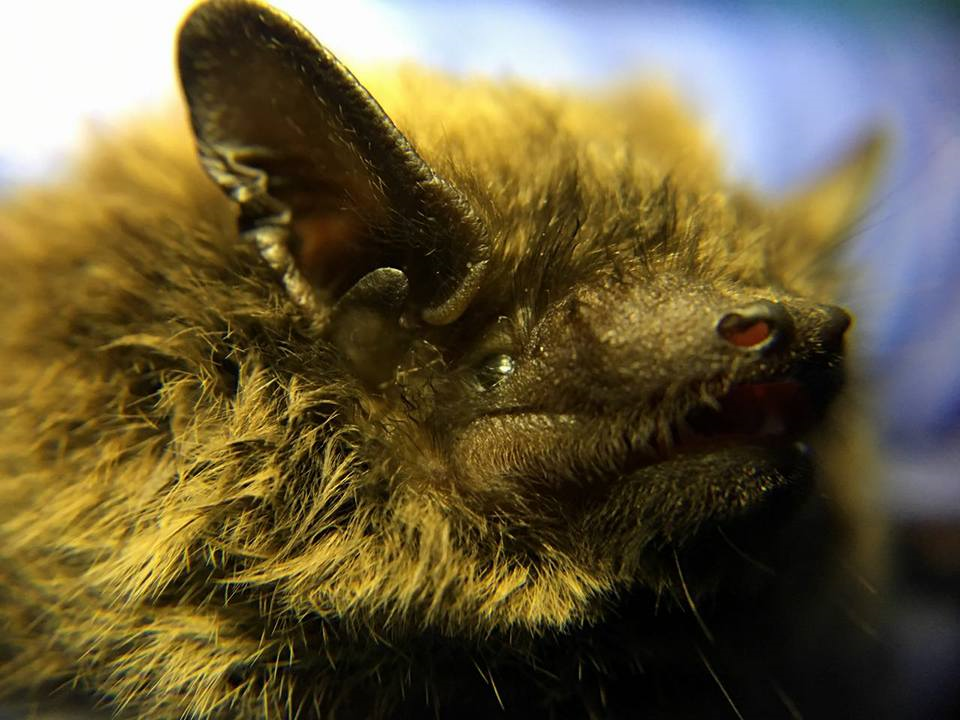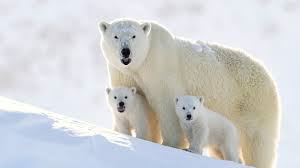Bat VS Polar Bear (Sense Organs)
Bat VS Polar Bear (Sense Organs)
Introduction on Sense Organs:
Sensory organs in animals aid them on a day to day basis as they allow the animal to recognize any changes that happen in the environment around therefore allowing them to respond according to the stimuli. These organs help animals on a day to day basis in certain activities for example finding food/prey, avoiding predators, communication within species as well as mating. (referenced from Wiki Books [2019])
The sense organs also aid them in surviving as they give them the ability to take in information from the surrounding for example touch, sound, taste, hearing, scent, pain, temperature, light, pressure, movement and awareness of space. Without this it would be very hard for them to survive as for example prey would not be able to recognize what is going on around them ultimately leading to their death; on the other hand predators would not be able to eat as their senses aid them greatly in hunting and catching prey. (referenced from Wiki Books [2019])
The Eye (Sight):
The bat and polar bear have very similar structures and eye placement to each other; the polar bear has a protective membrane over the eye that helps to protect their eyes from UV light bats do not have this therefore are more at danger from UV light. (referenced from Sea world [2019]) As both the polar bear and the bat are predators their eyes are located at the front of the skull compared to prey species which is on the side of the skull, this allows the bat and polar bear to not have blind spots at the front of their head as this is beneficial as a predator species when tracking prey. As the eyes are at the front of the head, they have a field of view of 180 degrees, this also allows them to focus more on what is in front of them. This helps when a predator is chasing a prey as binocular vison allows them to accurately calculate the distance between them and the prey therefore timing their pounce or swoop to perfection. (referenced from Sensory Organ Overview [2019]). The pupil in most animals is circular but in many nocturnal animals it is a slit that can close completely, this helps to protect the extra-sensitive light sensing tissues of nocturnal animals from bright sunlight. (referenced from Sensory Organ Overview [2019])
The Ear (Sound):
Polar bears have small eras to help keep in heat due to cold temperatures within their habitat also their ears are forward facing towards the top of the skull this allows for them to hear out for any prey. Polar bears can also hear up to 25 kHz but not as high as a dog. Humans can hear sounds with frequencies as low as 0.02 kHz and as high as 20 kHz, while dogs can hear out to about 35 kHz. (referenced from SeaWorld [2019]). Bats eras have adapted for echolocation it functions by:
A concentration of receptor cells in their inner ear makes bats extremely sensitive to frequency changes: Some Horseshoe bats can detect differences as slight as .000l Khz, bats must use the middle ear muscle (called the stapedius), it contracts to separate the three bones to reduce the hearing sensitivity, so they are not defended by their own calls. This contraction occurs about 6 ms before the larynx muscles (called the cricothyroid) begin to contract. The middle ear muscle relaxes 2 to 8 ms later. At this point, the ear is ready to receive the echo of an insect one meter away, which takes only 6 ms. (referenced from scientific America [2019])
The external structure of bats' ears also plays an important role in receiving echoes. The large variation in sizes, shapes, folds and wrinkles are thought to aid in the reception and funneling of echoes and sounds emitted from prey. (referenced from scientific America [2019])
The Nose (Smell):
Animals use their smell to locate food, mark their territory, identify their own offspring and the presence and sexual condition of a potential mate as stated by Sensory Organ Overview.
Polar bears will use thier sense of smell to hunt for example they can smell a dead seal about 20km away. They can also carry out all of the behaviors listen before.
Bats also carry out most of the behavior above as well on top certain species of bat like a couple of species for example horseshoe bats (Rhinolophidae) and Old World leaf-nosed bats (Hipposideridae) emit their echolocation calls through their nostrils. This is done by a basal fleshy horseshoe or leaf-like structures that are well-adapted to function as megaphones. (referenced from scientific America [2019])
The Mouth (Taste):
The polar bear use his taste to know what they are eating, this keeps the safe as if they did not they may ingest something toxic to themselves. Polar bears prefer certain foods, but researchers don't know how acute the sense of taste is or how important it is in food preference as stated by SeaWorld (2019).
Bat also use thier taste to know what they are eating and stopping them from ingesting anything toxic. They are also able to differentiate between different food for example the food bat can distinguish different fruits. Bats use a combination of cues in their hunting sequence capture, handling and consumption this helps to decide which prey to attack, capture and eat as stated by Live science (2019). Like this they are able to distinguish poisonous animals like different frogs with the chemicals they get from the tongue. (referenced from Live Science [2019])
The Skin (Touch):
Bats skin has adapted to be very much like humans but it has a thin membrane between the hand and body making the wing it is called the patagium (referenced from HowStuffWWorks [2019]). On the other hand polar bears skin is full of hollow transparent hair, this takes up water when they swim and pushes light and UV rays down to the skin, it also has a dark colour; this absorbs light and is a good heat conductor to keep the animal warm in their environment. They have a thick blubber layer that can be up to 5 inches thick, which has adapted to keep them warm over the winter and insulate heat while they hibernate and help them in the summer when food is limited by using the nutrients in the fat to feed themselves by absorbing them. (referenced from Quora [2019]
References:
• https://en.wikibooks.org/wiki/Anatomy_and_Physiology_of_Animals/The_Senses (2019)
• https://seaworld.org/animals/all-about/polar-bear/senses/ (2019)
• https://vle.highlands.ac.uk/course/view.php?id=54 (Unit 305, Sensory Organ Overview)
• https://www.scientificamerican.com/article/how-do-bats-echolocate-an/ (2019)
• https://www.livescience.com/20456-bats-taste-prey-eating.html (2019)
• https://animals.howstuffworks.com/mammals/bat1.htm (2019)
• https://www.quora.com/What-color-is-a-polar-bears-skin (2019)
Photo Credits:
Bat - Nathusius pipistrelle bat - jersey bat group 2017
Polar Bear - A polar bear family near Baffin Island in the Canadian arctic. Photo © John Rollins
Authored by Carlos D. Ferreira


